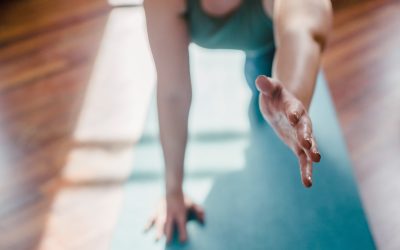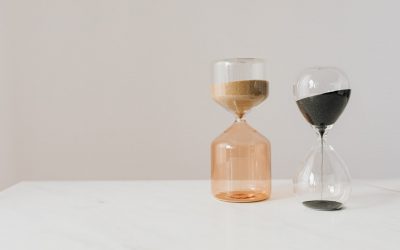It’s infuriating. Not only are you dealing with the mental and physical effects of peri-menopause and menopause, you now have fingers that don’t work, or ankles that ache, or a general feeling of inflammation and stiffness in the joints leading to you feeling about 180 years old.
Stiffness and pain in the joints, especially ankles, wrists, knees and fingers is a recognised symptom of menopause and can cause difficulties in performing everyday activities, even sleeping and affecting your mood too (as if there wasn’t enough doing that anyway).
So, why does it happen?
The hormone oestrogen helps to keep our joints and muscles supple and flexible and combined with progesterone which increases the tension in our ligaments and tendons, allows our joints to be stable and yet still move freely. However, as these hormone levels fluctuate and drop during menopause, joints can become stiffer, less mobile and downright painful. Joints can feel, and look, swollen.
Many women find that the right Hormone Replacement Therapy (HRT) has a positive effect on this and many other menopausal symptoms. But what if you can’t, or don’t want to, take HRT? What else can you do?
There are as many recommendations for this and that solution or supplement as I’ve had hot dinners. But the truth is, you need a multi-pronged approach to tackle this symptom and others and improve your overall health.
2Nutrition – now more than ever, women need to take care of what they put in their body and ensure that it is optimally nutritious for them. It’s a complex subject, but simple things you can do are eat anti-inflammatory foods such as tomatoes, green veg, fatty fish, berries, olive oil. The Mediterranean diet is a good start. Eat a Rainbow of colour. Exclude processed foods as much as possible and cut down on the sugar (excess sugar = inflammation). And sorry, that does mean alcohol too.
3Check if it’s osteoarthritis – it’s best to rule this out with a doctor’s visit . Unfortunately, the 40s and 50s are prime time for this to appear in women anyway so symptoms may get confused.
4Supplements – no one supplement has been proven to work for all women and many will have no effect at all. It is, unfortunately, a case of trial and error and patience as any improvements may take 2-3 months to show. Anecdotally, things such as turmeric, Evening Primrose Oil, glucosamine (check ingredients if you are allergic to shellfish) have some effect for some women. So far there isn’t any concrete scientific evidence to prove their value.
5Relax – the more you can calm your body and mind , the better the results. How we view pain, our perception of it, is crucial to how we deal with it. There is much evidence that cultures which view the ageing process in a more positive light than we traditionally do in the West, seeing it as a time for new starts and a release from the grip of fluctuating hormones, report fewer menopausal symptoms. This is not to say that what you are feeling is all in your head. It’s about changing our perception of the pain. Apps such as Curable can really help with this. Along with mindfulness and breathwork.
In summary, the peri-menopause and menopause is a time for women to really dedicate the attention to themselves that they deserve. Adapting your physical activity, nutrition and mindset will reap rewards. Using menopause apps such as Balance can help you to track your symptoms, find solutions, and make it easier to talk to your health professional.
And if you’d like to find out how I can help you with many aspects of midlife health, pop me a message and we can chat.






